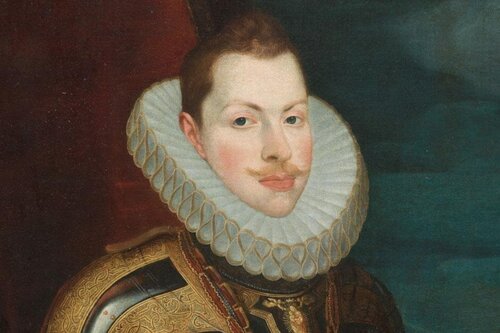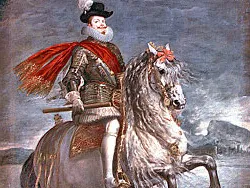On September 13, 1598, Philip III was crowned king of Spain following the death of his father, Philip II. Philip III was born on April 14, 1578, in Madrid, Spain, and was the second son of Philip II and his fourth wife, Anna of Austria.

Philip III was not the expected heir to the Spanish throne, as his older brother, Don Carlos, was initially chosen to succeed their father. However, Don Carlos died in 1568, leaving Philip III as the next in line for the throne. Philip III was not groomed for leadership, and many questioned his ability to rule the vast Spanish empire.
Despite these doubts, Philip III proved to be a capable leader during his 20-year reign. He continued his father’s policies of strengthening Spain’s military and expanding its overseas territories. Philip III also worked to improve the country’s finances and reduce corruption in the government.
One of Philip III’s most significant accomplishments was his successful negotiation of a peace treaty with England in 1604. This treaty, known as the Treaty of London, ended decades of conflict between the two countries and paved the way for increased trade and diplomatic relations.
During Philip III’s reign, Spain also experienced a cultural golden age known as the Spanish Baroque. This period saw the rise of great artists such as Diego Velázquez, Francisco de Zurbarán, and Bartolomé Esteban Murillo. The literature of the time also flourished, with the works of Miguel de Cervantes and Lope de Vega becoming famous worldwide.
Philip III died on March 31, 1621, and was succeeded by his son, Philip IV. Despite initial doubts about his ability to rule, Philip III proved to be a competent and successful king, leaving a lasting legacy of military strength, economic stability, and cultural achievement.

Leave a Reply